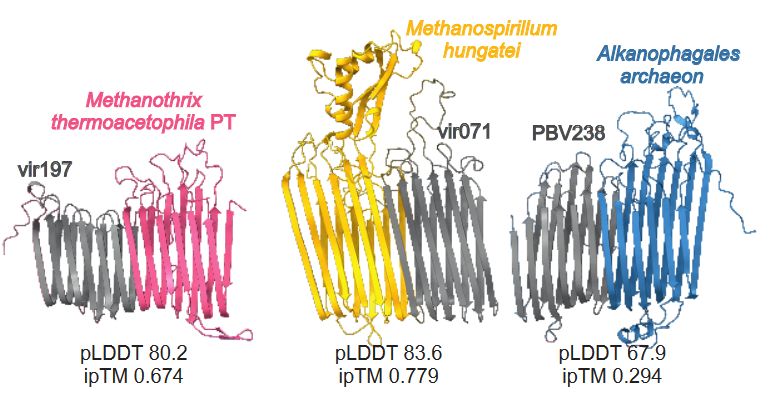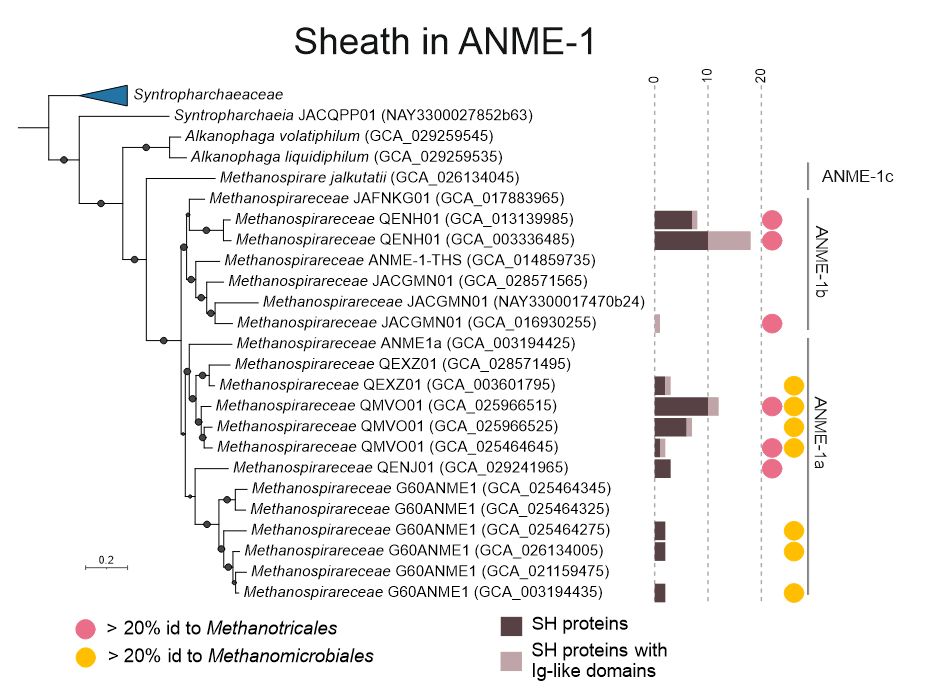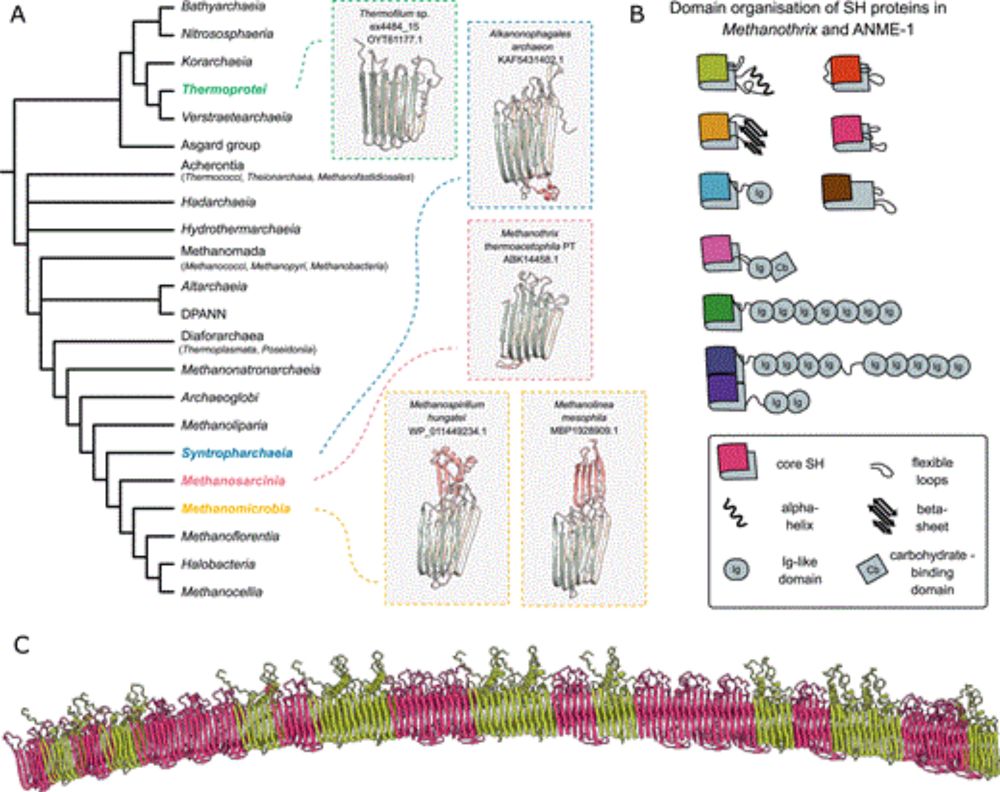Posts
Media
Videos
Starter Packs
Reposted by Sofia Medvedeva
Miguel Gómez-Raya
@miguelgrv.bsky.social
· Nov 26

Transcriptional landscape of the archaeal cell cycle is broadly conserved in eukaryotes
The cell cycle is a series of events that occur from the moment of cell birth to cell division. In eukaryotes, cell growth, genome replication, genome segregation, and cytokinesis are strictly coordin...
www.biorxiv.org
Sofia Medvedeva
@sonaida.bsky.social
· Nov 22












